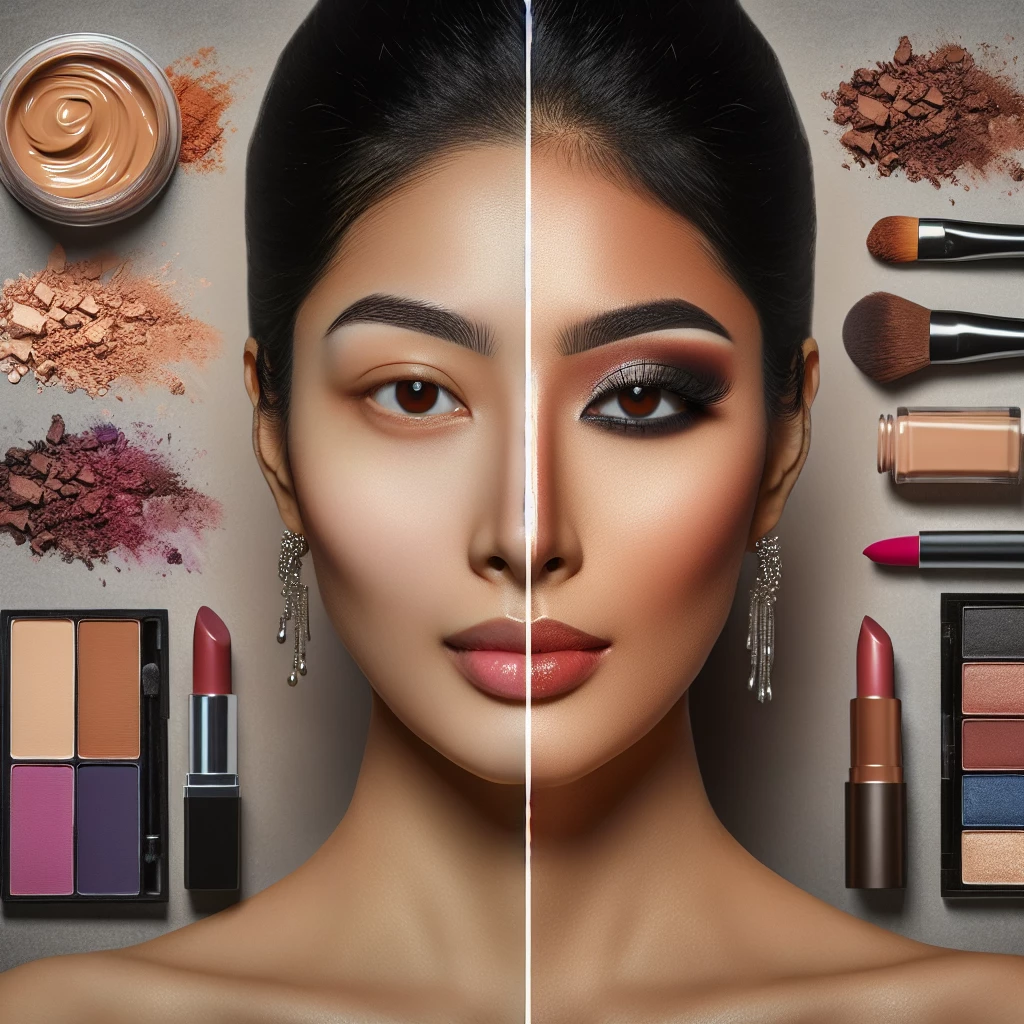Welcome back to our beloved Makeup Queens site, dedicated to empowering you with all the knowledge you need on Women and Makeup. Today, we'll be diving deep into 'Decoding Beauty Labels'. Every consumer deserves transparency and understanding, and it's especially vital in the realm of skincare and makeup. With this guide, we aim to help you navigate this complex journey, focusing on Makeup Information, Consumer Guide, Product Safety, and Skin Care.
Understanding the Label's Language
Often, when picking up a beauty product, the labels can seem like they're written in an entirely different language. Ingredient lists are filled with complex chemical names and other terminologies. It can be daunting to understand exactly what you're applying on your skin.
Usually, ingredients are listed in descending order of concentration, meaning the first few ingredients are the ones predominantly making up the product. Knowing your ingredients and what each of them does can be part of making informed decisions about the products we use.
A good place to start is understanding the basics - knowing the difference between 'active' and 'inactive' ingredients. Active substances are those doing the bulk of the work, targeting specific issues like acne or ageing. Inactive ingredients, or 'excipients', support the formulation of the product.
Deciphering Cosmetic Claims
You may have come across labels that contain words like 'Natural', 'Organic', or 'Hypoallergenic'. The important thing to note is such claims are largely unregulated, varying widely in meaning between different brands.
For instance, a product labeled 'Natural' might imply that it's made of natural ingredients, but there's no standard definition of what natural means in the cosmetic industry. A 'Natural' label doesn't guarantee that the product is safer or more beneficial for your skin.
So, it's essential to dig a little deeper and inquire about what those labels actually signify and whether they are independently certified to substantiate their claims.
The Importance of Product Safety
Understanding the safety of cosmetic products is paramount. It's essential to keep a close eye on ingredients that have been flagged for potential safety concerns, like parabens, sulfates, or phthalates. It would be best if you worked out which ingredients are non-negotiables for your personal ethics and health considerations.
Being familiar with your skin type is also critical. Certain products or ingredients may cause allergic reactions or irritations for specific skin types. Allergy testing is an important step in determining product safety.
Lastly, remember that 'expensive' does not necessarily mean 'better'. High-quality, safe, and effective products can be found in all price ranges. Do your research and choose wisely.
Exploiting the Power of Consumer Guides
If you're feeling lost in a sea of cosmetic labels and beauty jargon, fear not. Numerous consumer guides online can help break down the complexity of beauty labels, providing valuable insights into ingredients and their benefits.
These guides not only help decode cosmetic labels but also provide information about the ethical practices of brands, including sustainability and cruelty-free initiatives. Thus, you can make beauty choices that align with your values.
Remember - knowledge is power. The more informed you are as a consumer, the better choices you can make for your skin, your health, and the environment.
Decoding beauty labels can seem overwhelming at first, but don't fret. It's a journey of understanding and advocating for yourself as a consumer. More than just enticing marketing words and fancy packaging, the true essence of any beauty product lies beneath its label, resting within its ingredients and ethical practices. So let’s embark on this journey together, one product at a time, ensuring safety and product harmony with each application on our skin.

Five-Minutes Makeup Hacks
In search of a quick and reliable makeup routine? Discover our top five-minute makeup tips.

Introduction to Organic Beauty Products
A deep dive into the pros and cons of incorporating organic beauty products into your daily makeup routine.

Transition Makeup from Day to Night
Discover effective tips for ensuring your makeup transitions smoothly from day to night.

Mastering the Monochromatic Look
Uncover the secrets to nailing the trendiest monochromatic makeup looks with our step by step guide.
